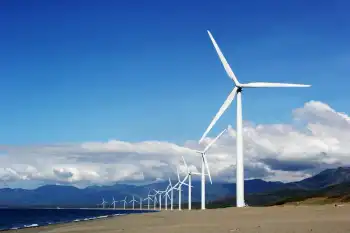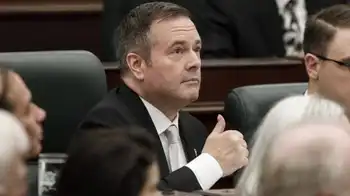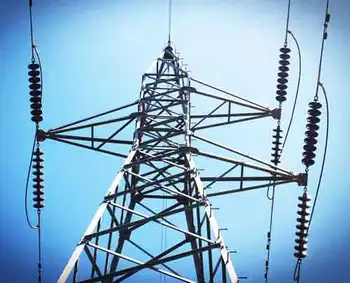Europe's stunted hydro & nuclear output may hobble recovery drive

NFPA 70b Training - Electrical Maintenance
Our customized live online or in‑person group training can be delivered to your staff at your location.

- Live Online
- 12 hours Instructor-led
- Group Training Available
Europe 2023 Energy Shortfall underscores how weak hydro and nuclear offset record solar and wind, tightening grids as natural gas supplies shrink and demand rebounds, heightening risks of electricity shortages across key economies.
Key Points
A regional gap as weak hydro and nuclear offset record solar and wind, straining supply as gas stays tight.
✅ Hydro and nuclear output fell sharply in early 2023
✅ Record solar and wind could not offset the deficit
✅ Industrial demand rebound pressures limited gas supplies
Shortfalls in Europe's hydro and nuclear output have more than offset record electricity generation from wind and solar power sites over the first quarter of 2023, leaving the region vulnerable to acute energy shortages for the second straight year.
European countries fast-tracked renewable energy capacity development in 2022 in the wake of Russia's invasion of Ukraine last February, which upended natural gas flows to the region and sent power prices soaring.
Europe lifted renewable energy supply capacity by a record 57,290 megawatts in 2022, or by nearly 9%, according to the International Energy Agency (IRENA), amid a scramble to replace imported Russian gas with cleaner, home-grown energy.
However, steep drops in both hydro and nuclear output - two key sources of non-emitting energy - mean Europe's power producers have limited ways to lift overall electricity generation, as the region is losing nuclear power at a critical moment, just as the region's economies start to reboot after last year's energy shock.
POWER PLATEAU
Europe's total electricity generation over the first quarter of 2023 hit 1,213 terawatt hours, or roughly 6.4% less than during the same period in 2022, according to data from think tank Ember.
At the same time, European power hits records during extreme heat as plants struggle to cool, exacerbating supply risks.
As Europe's total electricity demand levels were in post-COVID-19 expansion mode in early 2022 before Russia's so-called special operation sent power costs to record highs amid debates over how electricity is priced in Europe, it makes sense that overall electricity use was comparatively stunted in early 2023.
However, efforts are now underway to revive activity at scores of European factories, industrial plants and production lines that were shuttered or curtailed in 2022, so Europe's collective electricity consumption totals are set to trend steadily higher over the remainder of 2023.
With Russian natural gas unavailable in the previous quantities due to sanctions and supply issues, Europe's power producers will need to deploy alternative energy sources, including renewables poised to eclipse coal globally, to feed that increase in power demand.
And following the large jump in renewable capacity brought online in 2022, utilities can deploy more low-emissions energy than ever before across Europe's electricity grids.











